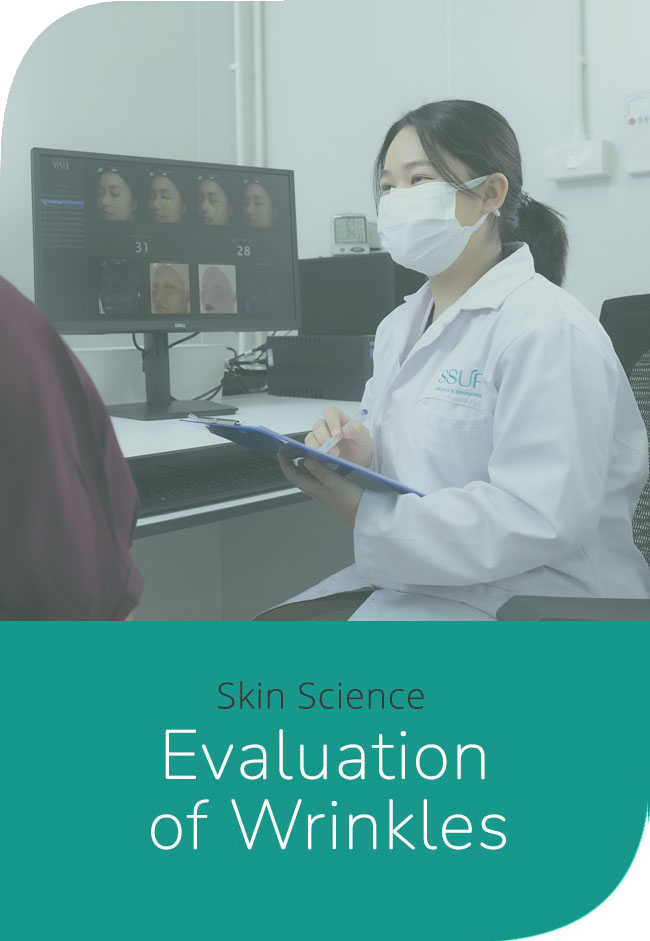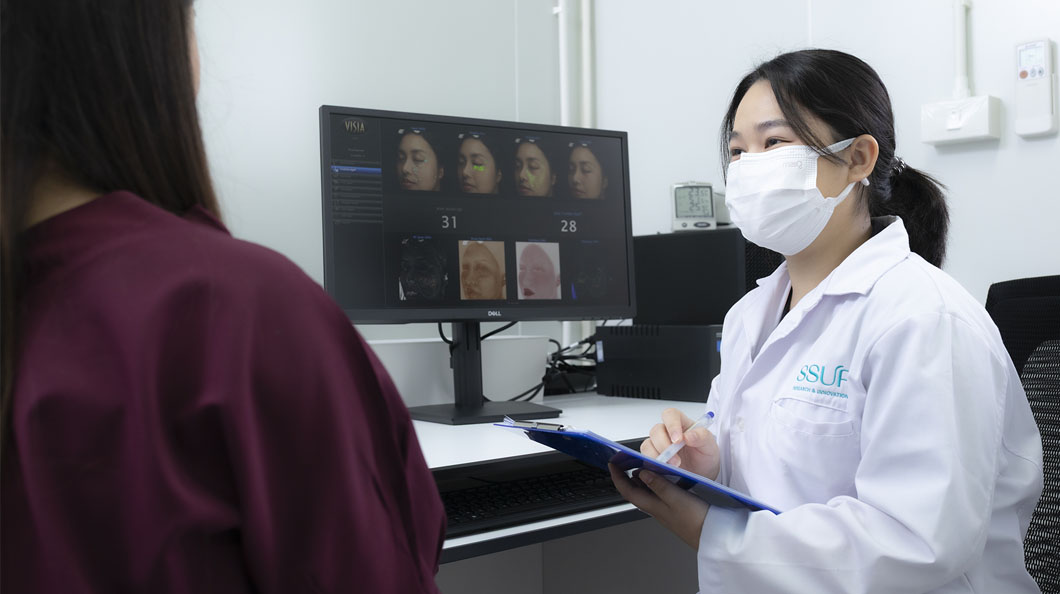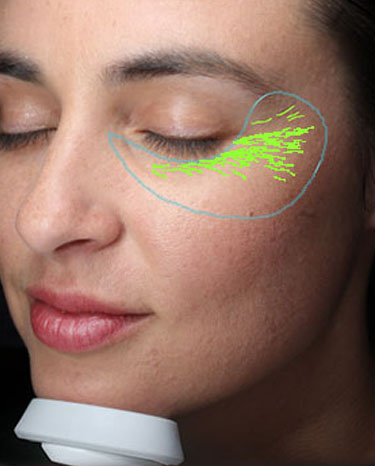The Science and Evaluation of Wrinkles: Understanding Skin Aging
Wrinkles are lines, creases, or folds in the skin that develop due to a combination of intrinsic factors (natural aging) and extrinsic factors (environmental damage, lifestyle). Wrinkle formation is primarily due to the gradual breakdown of key skin components such as collagen, elastin, and moisture retention molecules like hyaluronic acid.
The Science of Skin Layers and Wrinkles
The skin is composed of three primary layers, each contributing to the structure, elasticity, and overall health of the skin:
Epidermis: The outermost layer of the skin, responsible for protecting against environmental damage. As we age, the epidermis becomes thinner and less effective at retaining moisture, resulting in dry, rough skin with fine lines.
Dermis: The middle layer, rich in collagen and elastin, which gives the skin its strength and flexibility. With age, collagen production slows down, and elastin fibers degrade, leading to reduced firmness and the appearance of wrinkles.
Hypodermis: The deepest layer, primarily composed of fat that provides cushioning and structural support. Over time, the fat in this layer diminishes, causing the skin to sag and form deeper wrinkles, especially in areas like the cheeks and jawline.
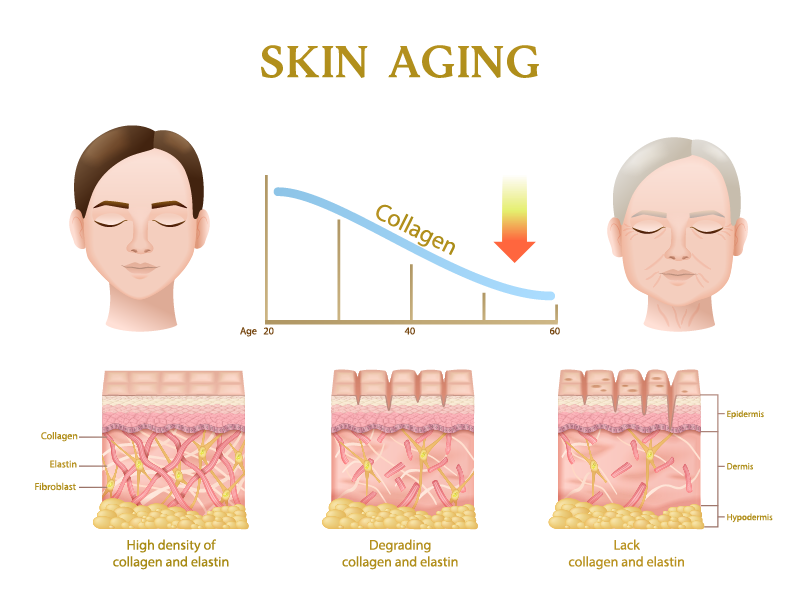
Tools for Wrinkle Evaluation
Advances in technology have made it possible to assess wrinkles with greater precision.Below are three key tools used for measuring and analyzing skin wrinkles and elasticity.
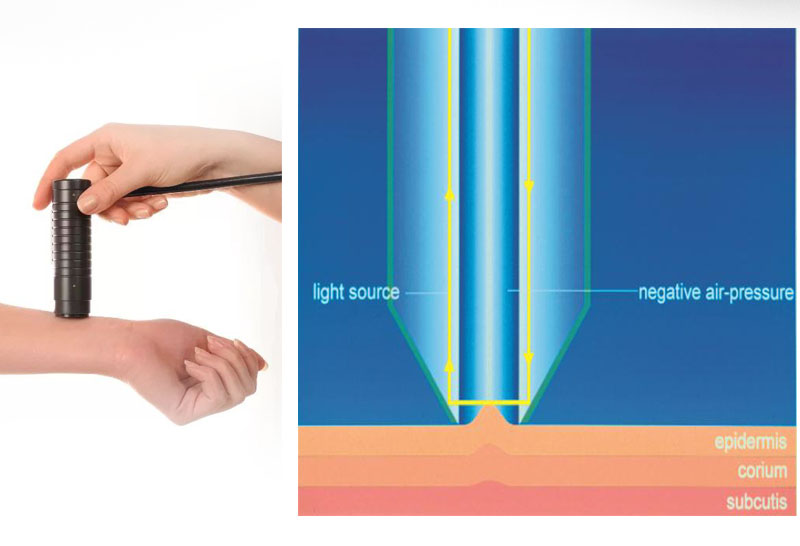
1. Cutometer: Measuring Skin Elasticity
The Cutometer is a device used to measure the mechanical properties of the skin, specifically its elasticity and firmness. It operates based on suction:
Key Parameters: The two main measurements are
- Elasticity (R2): A higher value indicates better skin elasticity, meaning the skin is more resilient and can return to its original shape after deformation.
- Firmness (R0): Lower deformation values indicate firmer skin, suggesting higher collagen content and structural integrity.
2. Visioscan: High-Resolution Skin Surface Analysis
The Visioscan is a specialized imaging tool that provides high-resolution analysis of the skin surface, capturing fine details of wrinkles, texture, and roughness:
Key Parameters:
SEw: The wrinkle area parameter shows the proportion of the skin surface covered by wrinkles.
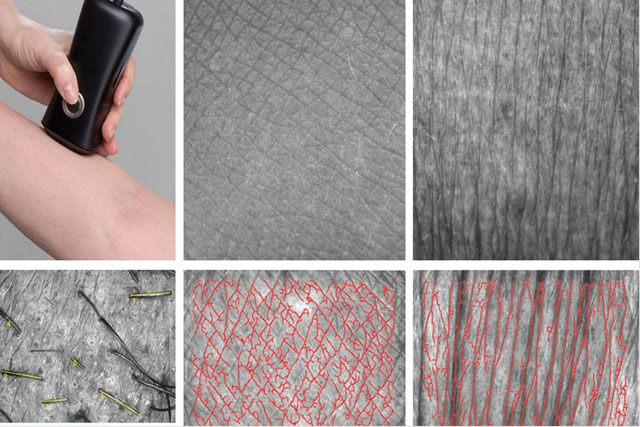
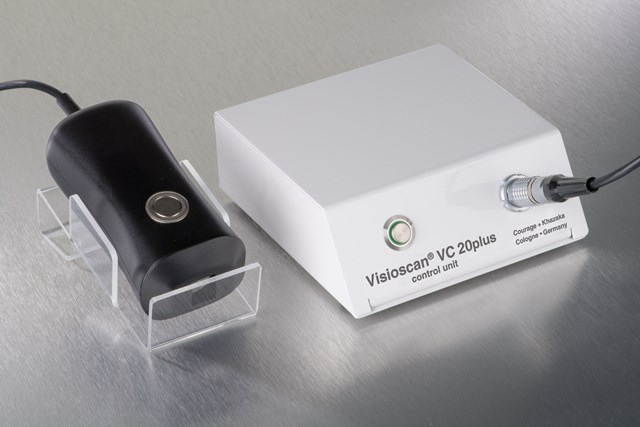
3. VISIA Imaging System: 3D Facial Wrinkle Analysis
VISIA Imaging System, is a 3D facial imaging tool that captures in-depth images of the face, allowing for comprehensive analysis of skin conditions, including wrinkles, pigmentation, and texture:
Key Parameters:
Wrinkle Count and Depth: The system measures the number and depth of wrinkles, allowing for a detailed assessment of how severe the wrinkles are across different areas of the face.


